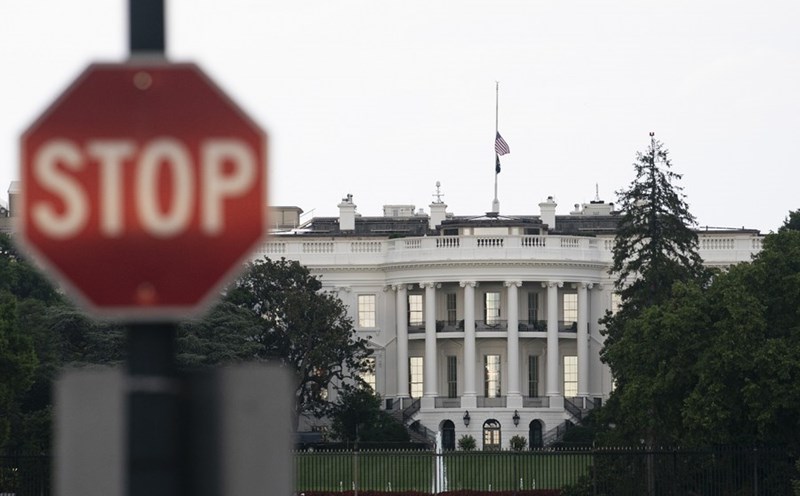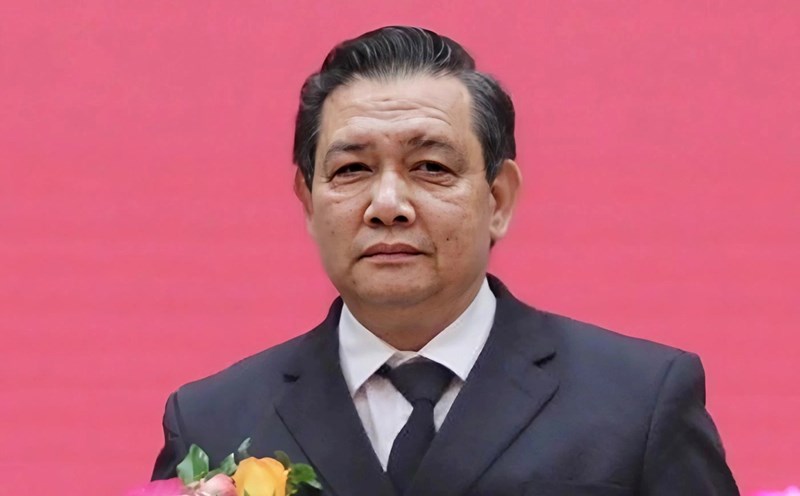The budget battle between the Republicans and the Democrats is pushing the United States toward a new federal government shutdown from Oct. 1. But unlike previous times, this scenario could become an opportunity for President Donald Trump to strengthen executive power and carry out controversial plans.
The focus of the controversy is the subsidy package under the Affordable Care Act ( Obamacare). The Democrats want to extend subsidies and reverse the Medicaid cut that Trump signed in the summer. On the contrary, the Republican side only wants to pass a temporary spending bill, keeping the current budget, without conditions.
If the deadlock is not resolved, the US will fall into a situation where hundreds of thousands of federal employees will be temporarily laid off. But what makes many experts most concerned is how the Trump administration can take advantage of this crisis.
According to Joshua Sewell - Research Director of Taxpayers for Common sense, the Trump administration could use this time to "reshape" the federal apparatus in the direction of serving political interests. The Office of Management and Budget (OMB) under Mr. Russell vought has shown a trend of concentrating power, now ready to cancel foreign aid and keep billions of dollars spent domestically.
In a leaked note, OMB even asked federal agencies to "view" and send notices of staff reduction to employees working in programs that are not in line with the president's priorities or lack compulsory funding. This is considered a step far beyond the tradition of previous closures, which only stopped at temporary leave and ensured compensation.
In just the past two years, the Trump administration has reduced about 200,000 federal employees and that number could reach 300,000 by the end of the year, according to Max Stier - CEO of the Public Service Partnership Organization.
Some experts say that large-scale dismissal plans are unlikely to hold firm in court, as the federal law requires a notice process of at least 60 days. But launching this threat alone is enough to put pressure on the Democrats, forcing them to consider whether to maintain health benefits or face the prospect of a shaky federal system.
During the closure, Americans will still receive social security pensions, Medicare and Medicaid. Essential services such as border control, hospital health, air traffic control and power grid security continue to operate.
How can Mr. Trump take advantage of the right to define essential personnel to maintain priorities such as tightening immigration, while cutting back on areas he wants to narrow, such as the Department of Education or the Environmental Protection Agency?
In the past three decades, the US has gone through four government shutdowns lasting more than a working day. But this time, observers predict it will be very different, a confrontation not only about the budget, but also a test of the level of power that Mr. Trump can focus on.
If the National Assembly does not reach an agreement, the White House will become the one power center, and the fate of hundreds of thousands of federal employees and the future of health and welfare programs can be decided by just one signed by the President.










